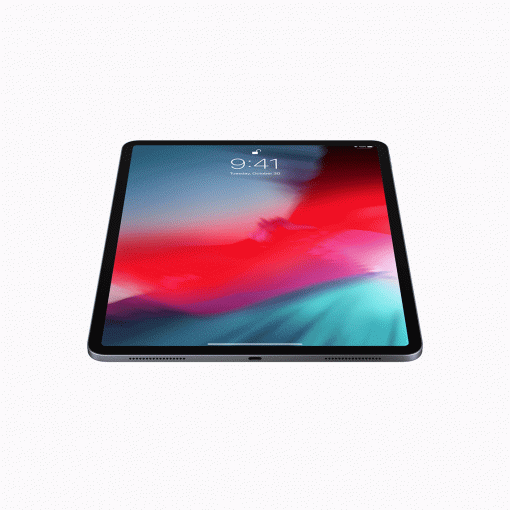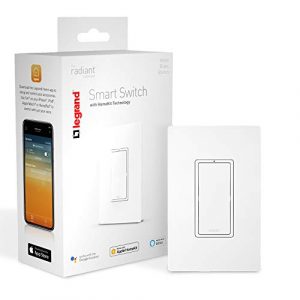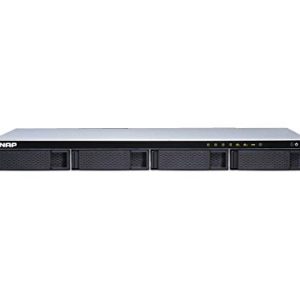If you want to connect a high-resolution monitor to your new iPad Pro, you have to be careful and know the difference between USB-C and Thunderbolt.
We had already dealt with this topic for you here when it came to the Thunderbolt 3 to Thunderbolt 2 adapter from Apple. Here’s the most important thing: USB-C is the mechanical definition of the connector. It also specifies that a plug or socket can handle speeds of up to 10 GBit/s – that would be the USB 3.1 standard. However, it is also possible that only USB 2.0 standard is supported, the only indication of USB-C means first of all only that the plug fits. So you can only assume that it is at least 5 GBit/s speed (like the 12″ MacBook), maybe it is also 10 GBit/s (like external SSDs). Again: if no USB version is specified, the speed can only be guessed.
Further problematic: Thunderbolt 3 uses the USB-C connector. I.e. a USB-C port doesn’t have to support a Thunderbolt protocol (so you can’t connect Thunderbolt devices to the 12″ MacBook), but a Thunderbolt 3 port with up to 40 GBit/s speed always uses a USB-C port.
Figured it out.
The LG UltraFine 5K does NOT work with the iPad Pro. It only accepts Thunderbolt input, but the iPad Pro outputs 5K over USB-C as DisplayPort, not Thunderbolt.
A 5K display that supports DisplayPort input should work, but I don’t have one to test.
— Marco Arment (@marcoarment) November 6, 2018
In short: if the device has a Thunderbolt 3 port so you can connect Thunderbolt devices with up to 40 GBit/s and USB-C devices with up to 10 GBit/s. If it is stated that the device has a USB-C port, then you can assume that at least 5 GBit/s speed are attainable, in good cases also 10 GBit/s. However, if you are out of luck you may only get USB 2.0 speed.
What does that mean for connecting a 4K or 5K monitor to the iPad Pro? Well, this device has a USB-C port, but no Thunderbolt. This not only affects the speed, but also the way video data is transferred. USB-C provides the video data in the DisplayPort standard – so it is expected that a DisplayPort monitor is connected. A Thunderbolt port also uses DisplayPort for the video data, but only outputs it in this standard when another DisplayPort monitor is connected. Up to here no difference.
But if you have a Thunderbolt monitor, like the LG monitors sold by Apple with 5K resolution, you can only operate them on a Thunderbolt port. The monitors also have USB ports, so they split the Thunderbolt signal internally into the video signals and the data signals for the USB ports. This also means that they only accept Thunderbolt signals. They need the full package. So it doesn’t work to say: the video standard is DisplayPort anyway and the monitor just has to switch. This is not possible. A Thunderbolt port can switch down from Thunderbolt to USB or even Firewire and Ethernet, it is flexible, so to speak. A device, however, must be operated with the standard for which it was designed.
5K video signals from the iPad Pro only *without* Thunderbolt monitor.
That’s exactly why a 5K LG monitor doesn’t run on an iPad Pro: It just expects a complete Thunderbolt signal and the iPad only delivers DisplayPort via USB 3.1. The same situation also existed when the MiniDisplay Port Cinema Display was converted to the Thunderbolt Display: Both monitors run on a Mac with a Thunderbolt display, but on a Mac with a DisplayPort output only the older Cinema Display version without a Thunderbolt port gets a signal.
For you iPad Pro users this means that you have to make sure that a high-resolution monitor is a USB-C version *without* Thunderbolt. Otherwise it will not work. A suitable candidate for 5K via USB-C would be for example the iiyama ProLite XB2779QQS-S1. 4K monitors are mostly designed for DisplayPort via USB-C.






